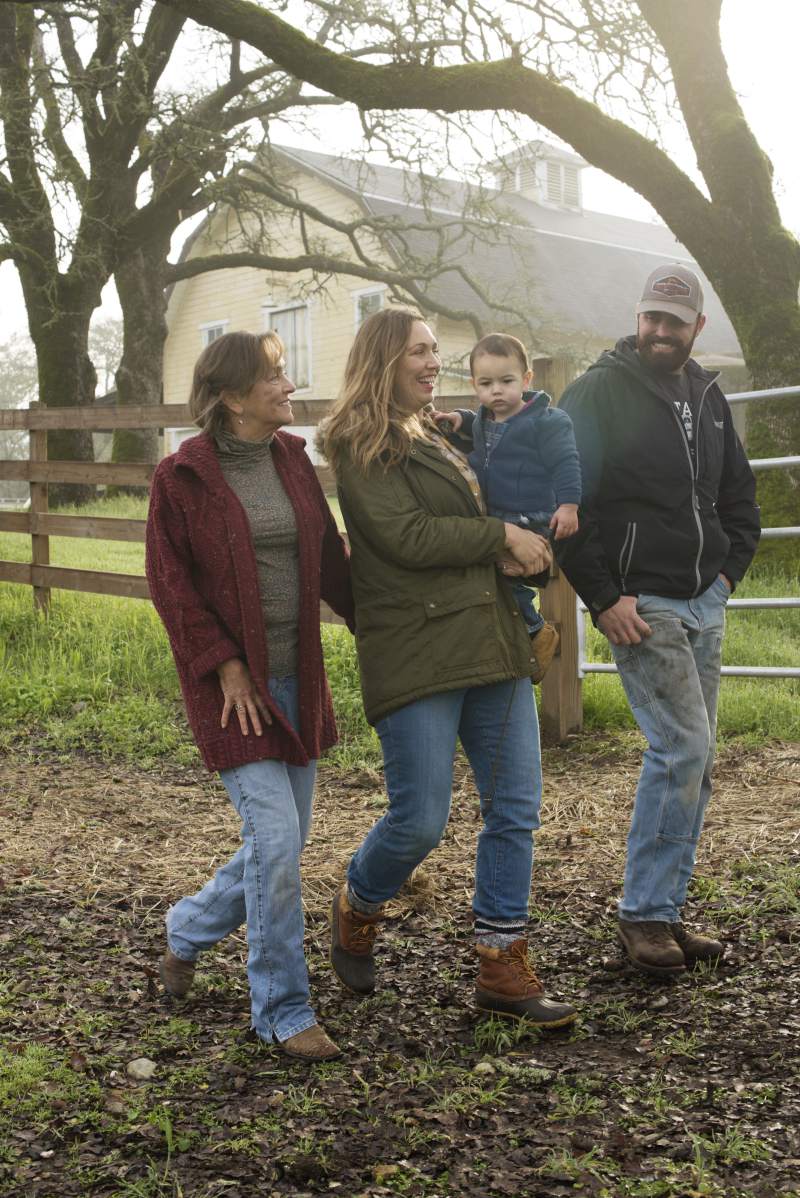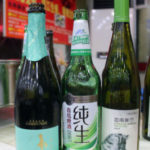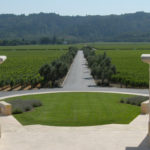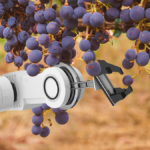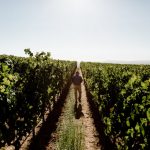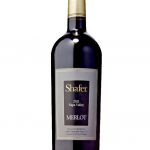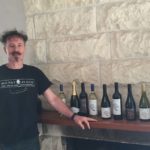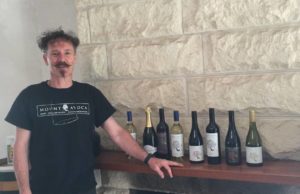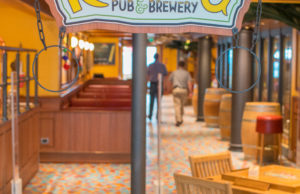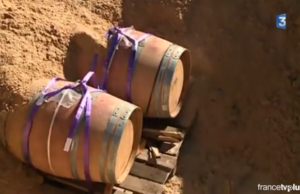Sonoma Valley growth sparks debate over area’s future
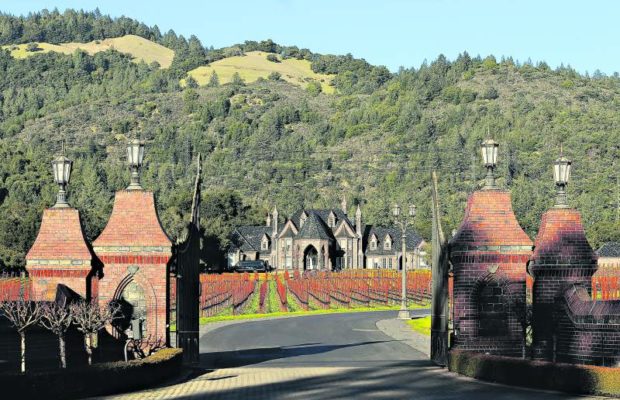
Click here to view original web page at www.pressdemocrat.com CLARK MASON
A half-dozen proposed projects in the upper Sonoma Valley are sparking a debate over growth along the Highway 12 corridor between Santa Rosa and Agua Caliente.Resort at Sonoma Country Inn: 50-room hotel, 125-seat restaurant, spa, 10,000-case winery, 20 events
The “Scenic Route” sign on Highway 12 announces the obvious to motorists heading into the Valley of the Moon. It’s cradled by mountains, dotted with giant oaks, horse ranches, vineyards, remnants of old orchards and the odd water tower.
The road delivers inspiring views of imposing Hood Mountain, its craggy face standing sentinel over a historic route from Santa Rosa to Sonoma that carried stagecoaches and trains before the automobile took over.
But today, the two-lane highway is crowded with traffic generated by commuters, residential and commercial development, sightseers and visitors headed to wineries and tasting rooms.
The northern arm of Sonoma Valley, between Madrone and Melita roads, is home to more than 40 tasting rooms and event centers that each year attract more than 140,000 people to special events. They could be joined by another half-dozen or more tasting rooms and more than 110 annual special events with 20,000 more people if permits in the pipeline previously approved, but not yet built, are exercised.
The burgeoning wine industry and plans for a high-end luxury hotel, spa and winery off La Campagna Lane in Kenwood have especially drawn attention and opposition while highlighting the impact of development along the county’s busiest wine road.
The growth has set off alarms among rural residents concerned about the loss of agricultural land and the vehicles and noise generated by winery events, especially on weekends. They raise the specter of “Napafication,” the fear that roads will become as clogged as in Napa Valley, where traffic on Highway 29 slows to a long crawl on Saturdays and Sundays when visitors stream to the abundant large corporate-owned wineries.
The projects have sparked a debate inside Sonoma Valley over its future, one that comes at a time when the county is having a similar conversation about how to maintain the vitality of the wine and tourism industries while preventing activity that diminishes the rural character of the region.
“I’m very concerned about the growth of wineries, events and tasting rooms in the Sonoma Valley in a couple of different areas,” said Supervisor Susan Gorin, whose district is sprinkled with 120 wineries and tasting rooms in the Sonoma Valley and Carneros regions.
Gorin, along with a majority of county supervisors, last year reached consensus on the need for new regulations on what is one of the largest sectors of the local economy — wine-related tourism, which generates more than $1.25 billion in Sonoma County each year.
Supervisors signaled the wine industry will face greater county scrutiny and potential limits on new development and business activity, not only in Sonoma Valley but also north of Healdsburg, along Westside Road and the Dry Creek Valley, which have a plethora of wineries and even narrower roads.
The issue is expected to come back before the Board of Supervisors later this year.
Wine industry leaders say events are a vital tool for local vintners to sell their wines and remain competitive, and complaints tend to be relatively few.
Overall, they say their surveys show Sonoma County wineries and events have high favorability ratings among the public. They fear any large-scale overhaul that restricts events could drive wineries — especially smaller ones — out of business.
“Growth isn’t all wineries,” said Jean Arnold Sessions, executive director of Sonoma County Vintners, a winemakers’ trade group. “To me, the bigger issue vintners and the community face is how to integrate this growth to protect our rural agriculture.”

